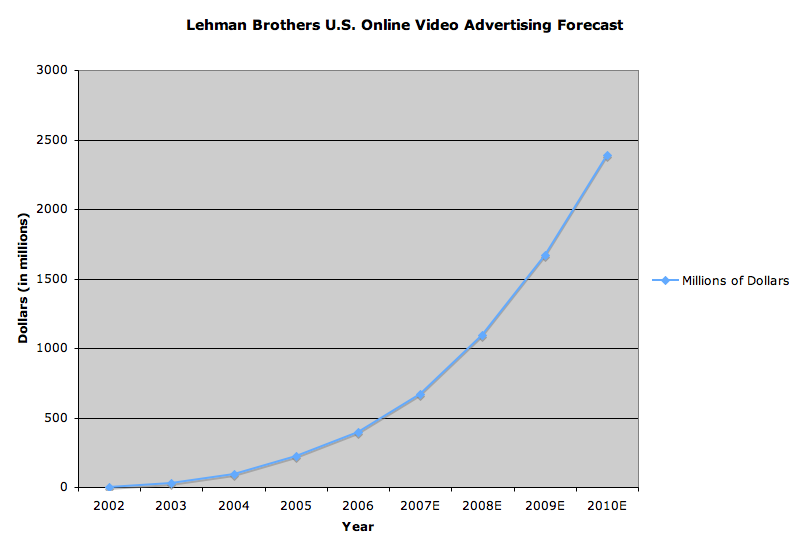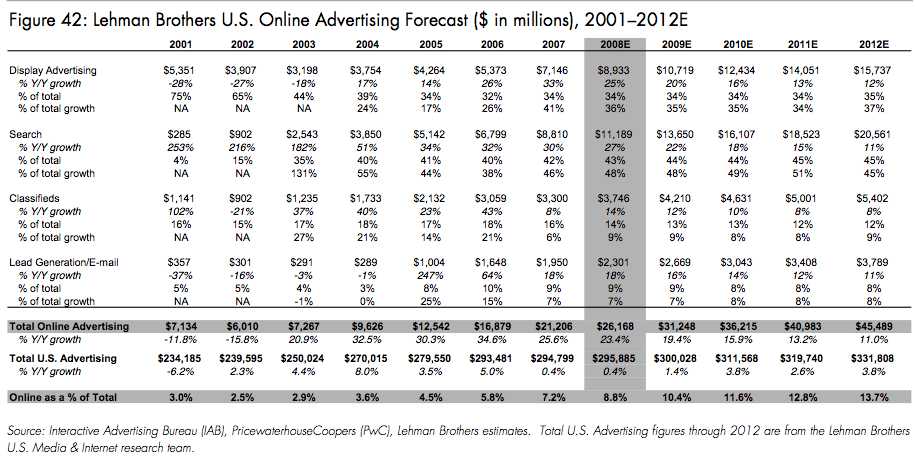Unfortunately, actually using Parallax demonstrates just how far
from solid Freebase, one of the semantic web's poster children, really
is. The idea is to allow you to apply multiple filters for your
searches and embed live charts in a blog. It's a beautiful idea, check
out the video.
Here's the video below, if you find yourself saying "get to the point already," then skip to about 1:30 in the timeline.
Freebase Parallax: A new way to browse and explore data from David Huynh on Vimeo.
Unfortunately, when we tried out a number of searches in Parallax,
very few subjects were well populated at all. We found duplicate
subject titles where one held solid data and the other didn't, but even
that was a best case scenario. In search after search, we found next to
nothing in Freebase.
The example above is nice, but let's say I want to find out
something about black women scientists. No luck. History of the
internet? Not much information there. Venture Capitalists? Blank
profile pages.
This ought to work. Freebase has taken more than
$50 million in venture investments, they have a small army of volunteer
and computer scientist contributors, they've got robots pumping their
database with information automatically. There are now 60% more articles in Freebase than there are in English Wikipedia. So what's the problem?
We wrote last week about ontological concerns about the semantic web,
but Parallax shows that there are more superficial problems. An
unfriendly UI has been Freebase's excuse for a long time, despite
recent improvements to it. We love the idea of the semantic web, but
give it's grand daddy website a usable UI like Parallax and we're left
questioning just how much there really is inside Freebase anyway.
For an alternate view see Alex Iskold's Freebase: Dispelling the Skepticism,
and some fault here may lay in the coolness ratio of the video to the
Parallax app, but for now - we feel inclined to look elsewhere for the
"semantic web killer app."



